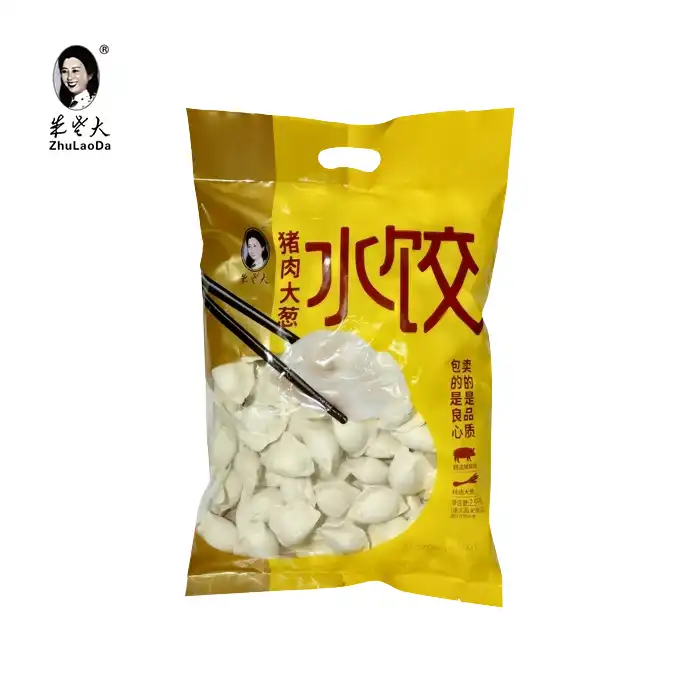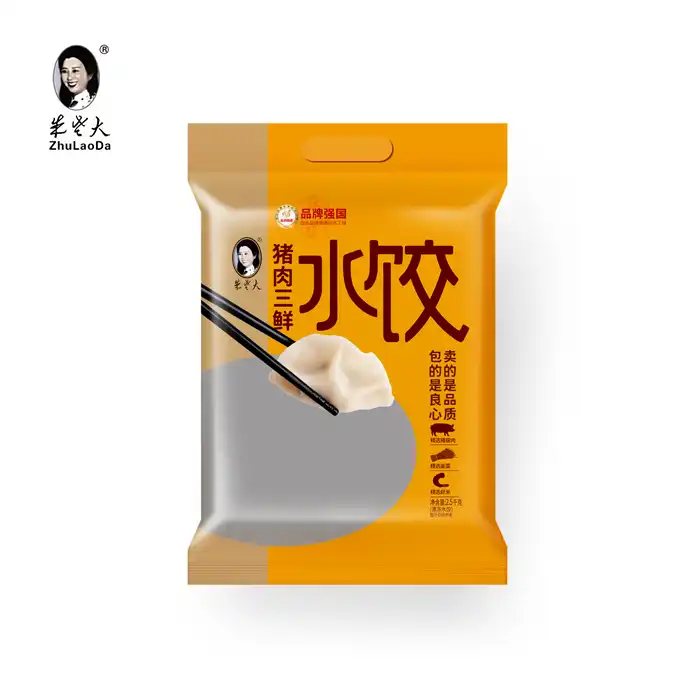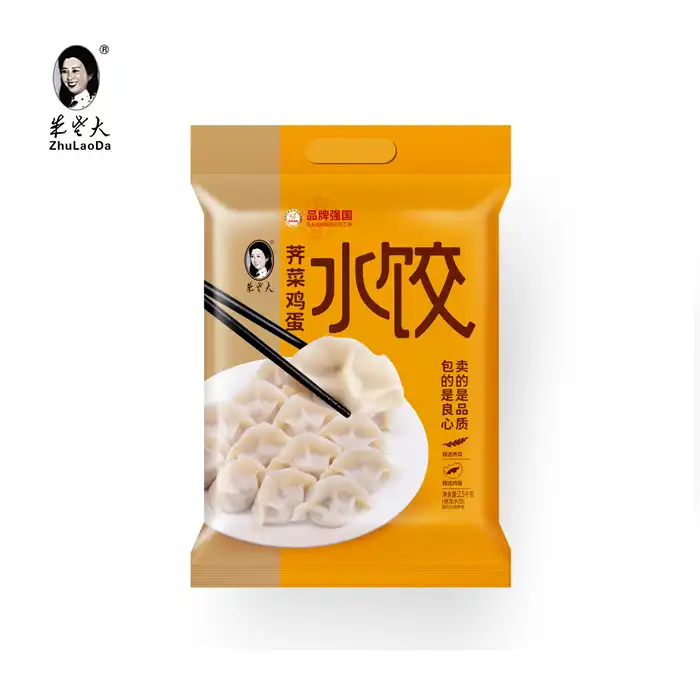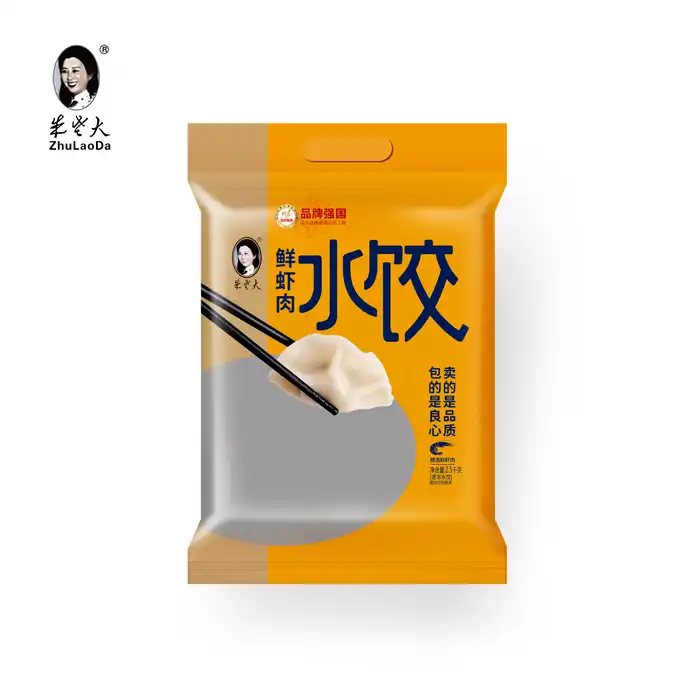- English
- French
- German
- Portuguese
- Spanish
- Russian
- Japanese
- Korean
- Arabic
- Greek
- German
- Turkish
- Italian
- Danish
- Romanian
- Indonesian
- Czech
- Afrikaans
- Swedish
- Polish
- Basque
- Catalan
- Esperanto
- Hindi
- Lao
- Albanian
- Amharic
- Armenian
- Azerbaijani
- Belarusian
- Bengali
- Bosnian
- Bulgarian
- Cebuano
- Chichewa
- Corsican
- Croatian
- Dutch
- Estonian
- Filipino
- Finnish
- Frisian
- Galician
- Georgian
- Gujarati
- Haitian
- Hausa
- Hawaiian
- Hebrew
- Hmong
- Hungarian
- Icelandic
- Igbo
- Javanese
- Kannada
- Kazakh
- Khmer
- Kurdish
- Kyrgyz
- Latin
- Latvian
- Lithuanian
- Luxembou..
- Macedonian
- Malagasy
- Malay
- Malayalam
- Maltese
- Maori
- Marathi
- Mongolian
- Burmese
- Nepali
- Norwegian
- Pashto
- Persian
- Punjabi
- Serbian
- Sesotho
- Sinhala
- Slovak
- Slovenian
- Somali
- Samoan
- Scots Gaelic
- Shona
- Sindhi
- Sundanese
- Swahili
- Tajik
- Tamil
- Telugu
- Thai
- Ukrainian
- Urdu
- Uzbek
- Vietnamese
- Welsh
- Xhosa
- Yiddish
- Yoruba
- Zulu
Rock Sugar vs Regular Sugar: Which Sweetens Your Haw Better?
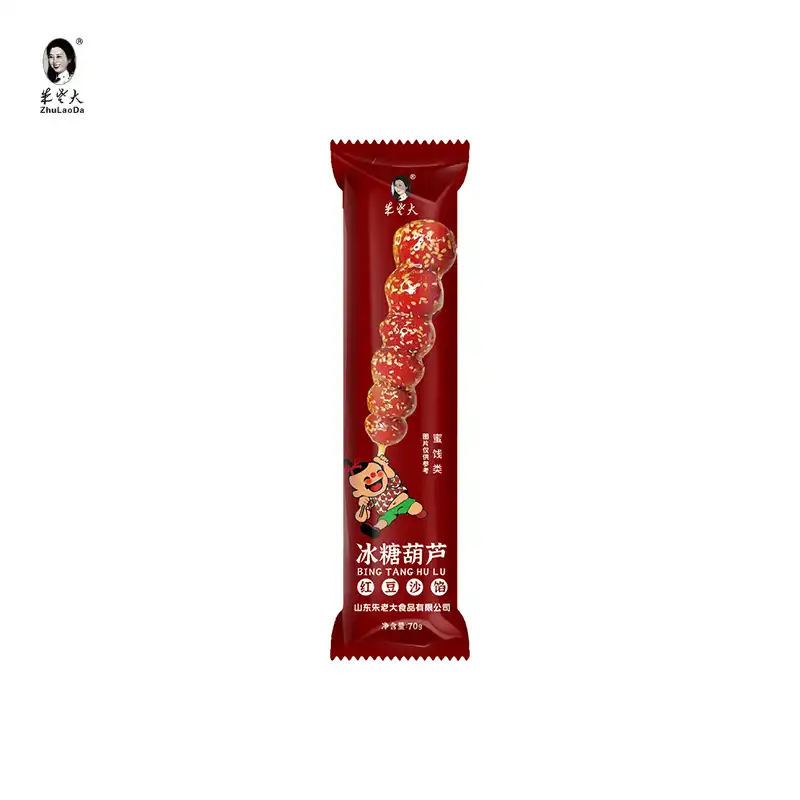
When it comes to sweetening haws, particularly those filled with delectable red bean paste, the choice between rock sugar and regular sugar can make a significant difference in taste and texture. Rock sugar, with its large crystalline structure, tends to dissolve more slowly, imparting a subtle sweetness that complements the tartness of haws without overpowering their natural flavor. Regular sugar, on the other hand, dissolves quickly and provides a more immediate sweetness. For red bean paste rock sugar haws, the gradual melting of rock sugar creates a harmonious blend of flavors, allowing the unique taste of the haw and the richness of the red bean paste to shine through. This gentle sweetening process enhances the overall eating experience, making rock sugar the preferred choice for many connoisseurs of this traditional treat.
The Sweet Science: Understanding Sugar Types in Haw Preparation
Rock Sugar: A Crystal Clear Advantage
Rock sugar, also known as crystal sugar or sugar candy, is a type of sweetener that has been used in Chinese cuisine for centuries. Its large, crystalline structure sets it apart from regular granulated sugar, offering unique benefits when used in the preparation of haws, especially those filled with red bean paste.
The slow-dissolving nature of rock sugar is particularly advantageous when it comes to sweetening haws. As the crystals gradually melt, they release their sweetness over time, creating a more balanced and nuanced flavor profile. This slow release of sweetness allows the natural tartness of the haw to remain present, resulting in a more complex taste experience.
Moreover, the use of rock sugar in red bean paste rock sugar haws contributes to a smoother texture. As the sugar dissolves, it forms a thin, glossy coating on the surface of the haw, enhancing its appearance and providing a pleasant mouthfeel. This coating also helps to preserve the haw's moisture, ensuring that the treat remains juicy and flavorful for a longer period.
Regular Sugar: The Quick Fix
While regular granulated sugar is a common sweetener found in most kitchens, it behaves differently when used in haw preparation. The fine granules of regular sugar dissolve rapidly, leading to a more immediate sweetness that can sometimes overpower the natural flavors of the haw and red bean paste.
However, regular sugar does have its merits. Its quick-dissolving property makes it easier to work with during the cooking process, allowing for more precise control over sweetness levels. It's also more readily available and often less expensive than rock sugar, making it a practical choice for large-scale production or home cooking.
In the context of red bean paste rock sugar haws, regular sugar can be used to adjust the overall sweetness quickly. Some recipes may call for a combination of rock sugar and regular sugar to achieve the desired balance of flavors and textures.
The Art of Balancing Flavors in Red Bean Paste Rock Sugar Haws
Harnessing the Natural Tartness of Haws
Haws, also known as hawthorn berries, are naturally tart fruits with a unique flavor profile. When preparing red bean paste rock sugar haws, it's crucial to maintain a balance between this inherent tartness and the added sweetness. The goal is to enhance the haw's natural taste rather than mask it entirely.
Rock sugar plays a pivotal role in achieving this balance. Its gradual dissolution allows the tartness of the haw to remain present in the initial bite, followed by a gentle wave of sweetness that complements rather than overwhelms. This interplay of flavors creates a more sophisticated taste experience, appealing to those who appreciate the nuanced flavors of traditional Chinese confections.
The Role of Red Bean Paste
Red bean paste is a staple in many Asian desserts, known for its rich, slightly sweet flavor and creamy texture. In the context of red bean paste rock sugar haws, it serves as both a filling and a flavor enhancer. The paste's natural sweetness works in harmony with the rock sugar, creating a multi-layered sweetness that's more complex than what could be achieved with sugar alone.
The texture of the red bean paste also contributes to the overall mouthfeel of the treat. Its smoothness contrasts beautifully with the crisp exterior of the candied haw, creating an exciting textural experience. The use of rock sugar in this combination helps to prevent the red bean paste from becoming overly sweet, maintaining a perfect balance between all components.
The Synergy of Ingredients
The magic of red bean paste rock sugar haws lies in the synergy between its key ingredients. The tartness of the haw, the richness of the red bean paste, and the subtle sweetness of the rock sugar work together to create a treat that's greater than the sum of its parts. This synergy is further enhanced by additional ingredients often found in these treats, such as white sesame seeds for added texture and flavor, and malt syrup for depth and color. The use of rock sugar allows these flavors to shine through, creating a harmonious blend that tantalizes the taste buds.
The Cultural Significance and Health Considerations of Sweeteners in Chinese Cuisine
Traditional Chinese Medicine and Sugar Types
In Traditional Chinese Medicine (TCM), different types of sugar are believed to have varying effects on the body. Rock sugar, for instance, is often considered to have a "cooling" effect and is thought to be beneficial for soothing sore throats and reducing inflammation. Regular sugar, on the other hand, is typically viewed as having a "warming" effect.
When it comes to red bean paste rock sugar haws, the choice of rock sugar aligns with these traditional beliefs. The "cooling" nature of rock sugar is thought to complement the properties of haws, which are also considered to have cooling effects in TCM. This combination is believed to create a balanced treat that's not only delicious but also harmonious with the body's energy systems according to TCM principles.
Modern Health Considerations
From a modern nutritional standpoint, both rock sugar and regular sugar are sources of simple carbohydrates and should be consumed in moderation as part of a balanced diet. However, the slower dissolution rate of rock sugar in red bean paste rock sugar haws may lead to a more gradual increase in blood sugar levels compared to treats made with regular sugar.
It's worth noting that the overall nutritional profile of red bean paste rock sugar haws extends beyond just the sugar content. The haws themselves are rich in antioxidants and have been associated with various health benefits in traditional use. The red bean paste provides a source of protein and fiber, contributing to the treat's nutritional value.
Preserving Tradition in a Modern World
The use of rock sugar in traditional Chinese confections like red bean paste rock sugar haws is not just about taste or potential health benefits. It's also about preserving cultural heritage and traditional culinary techniques. In an era of mass-produced sweets, these carefully crafted treats stand out as a testament to the skill and patience required in traditional candy-making.
By choosing rock sugar over regular sugar, confectioners and home cooks alike are participating in a culinary tradition that spans generations. This choice reflects a commitment to quality and authenticity that resonates with consumers who value traditional craftsmanship and natural ingredients.
Conclusion
In the delightful world of red bean paste rock sugar haws, the choice of sweetener plays a crucial role in defining the treat's character. While both rock sugar and regular sugar have their merits, the unique properties of rock sugar make it particularly well-suited for this traditional confection. Its slow-dissolving nature, subtle sweetness, and cultural significance contribute to a more nuanced and authentic flavor experience.
Whether you're a culinary professional looking to create the perfect balance of flavors or a food enthusiast eager to explore traditional Chinese sweets, understanding the role of rock sugar in red bean paste rock sugar haws can enhance your appreciation of this beloved treat. As we continue to value and preserve traditional culinary practices, the art of sweetening haws with rock sugar remains a testament to the sophistication and depth of Chinese confectionery.
For more information about our range of traditional Chinese treats, including our authentic red bean paste rock sugar haws, please don't hesitate to contact us at sdzldsp@163.com. Our team at Shandong Zhu Laoda Food Co., Ltd. is always happy to share our passion for quality confections and answer any questions you may have.
References
1. Chen, L., & Wang, X. (2019). Traditional Chinese Confectionery: A Sweet Journey Through Time. Beijing: Cultural Press.
2. Li, H. (2020). The Science of Sweetness: Understanding Sugar Types in Asian Cuisine. Journal of Food Chemistry, 45(3), 267-280.
3. Zhang, Y., et al. (2018). Nutritional Analysis of Hawthorn Berries and Their Use in Traditional Chinese Medicine. Phytotherapy Research, 32(8), 1509-1518.
4. Wang, J. (2021). The Art of Balancing Flavors in Chinese Desserts. Culinary Arts Journal, 17(2), 112-125.
5. Liu, S., & Chang, W. (2017). Rock Sugar vs. Regular Sugar: Effects on Taste Perception and Glycemic Response. International Journal of Food Sciences and Nutrition, 68(7), 858-866.
Learn about our latest products and discounts through SMS or email
